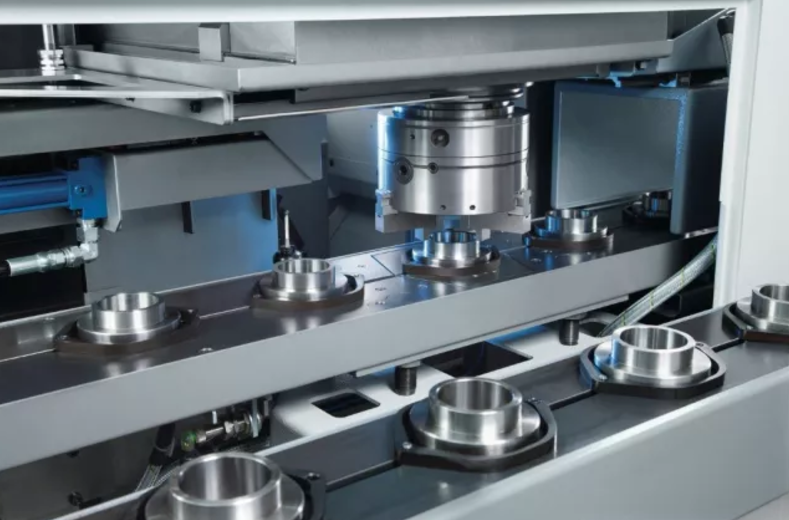Is Inverted Vertical Turning Right for You?
time2017/07/05
Every machinist learned their craft on a horizontal lathe and if you walk into any tool room or machine shop in the world, the odds are good that you’ll find at least one lathe in use. Of course, turning doesn’t have to be done horizontally. Vertical lathes flip turning on its end, spinning parts like a top rather than a car tire. Inverted vertical lathes go one step further and turn vertical turning on its head.

What is Inverted Vertical Turning?
In a vertical lathe, the chuck is located on the bottom of the machine so that parts clamped into it are pointed up. The principle benefit of this arrangement is that gravity works to your advantage for workholding, helping to seat the part.
However, with an inverted vertical lathe, the chuck is located at the top of the machine so that parts are clamped pointing down.. Using this type of lathe also means that you’re moving the part toward the tool, rather than vice versa.
Advantages of Inverted Vertical Turning
“If you consider a part which is on a sub-spindle below the turning tool, you’re basically in a situation where you are turning your chips into the tool path or the interior of the part. Those chips you’re trying to remove can have a detrimental impact on the quality of the part. If the workpiece is located above the tool instead, gravity is working to your benefit to allow all the chips to escape the part without any detrimental effects on the quality of the workpiece.”
This means that just as with a conventional vertical lathe, gravity works to your benefit on an inverted vertical lathe. The difference is that rather than helping with workholding, gravity helps with chip removal.
This even applies to the machine’s design, as Stewart explained
“It means all of our scales and rails and cables are above the work zone, and so your contamination effect is much more limited compared to a horizontal lathe or a sub-spindle lathe. Our machines tend to have a much better maintenance performance over the life of the equipment versus conventional equipment.”
Applications for Inverted Vertical Turning
For high volume applications typical in the automotive, appliance and consumer goods industries, inverted vertical turning is ideal where pick-and-place robotics caps line speed, or where the configuration of transfer lines makes it difficult to integrate a conventional turning center.
Many press-fit or shaft assembly operations, for example, are performed in vertical setups, reducing the need to reorient parts for downstream processes as they come off the vertical center. Similarly, the carousel’s built in “buffer” can replace accumulator systems between the turning center and downstream processes, reducing line stoppages when out-of-tolerance parts are detected and removed. And with gravity allowing minimal swarf and coolant residue on the parts, cleaning prior to downstream operations can be simplified or eliminated entirely.
